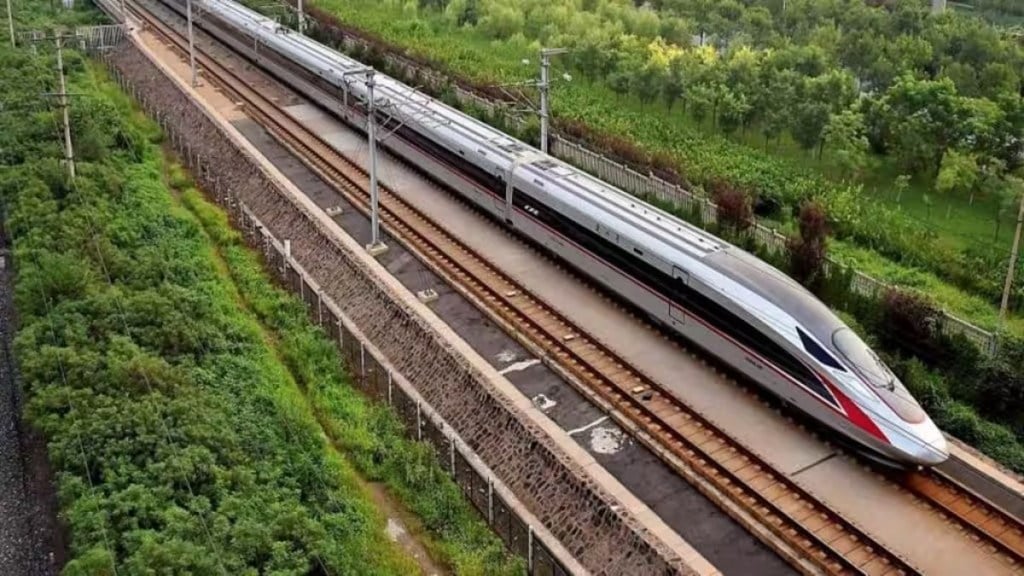The Ministry of Railways on Wednesday (August 7) announced significant advancements in the Mumbai-Ahmedabad bullet train project. According to the latest update shared by rail ministry on social media, key construction phases are making substantial progress and bringing the project closer to completion.
“Substantial strides towards accomplishing the Nation’s first #BulletTrain project, with key construction phases underway,” the rail ministry said in a tweet.
The comprehensive progress report highlights several critical milestones achieved as of July 31, 2024:
- Land Acquisition: The project has successfully acquired 100% of the required land, totaling 1,390 hectares. This crucial step ensures that the construction can proceed without any further delays related to land disputes.
- Pier Foundation: Construction of the pier foundations has reached 341 kilometers, laying the groundwork for the elevated track structure.
- Pier Construction: Out of the total required, 324 kilometers of piers have been completed, forming the base of the future bullet train track.
- Girder Casting: The casting of girders, which are essential for supporting the railway tracks, has reached 231 kilometers.
- Girder Launching: The installation of these girders has progressed to 200 kilometers, further solidifying the structural integrity of the route.
- Rail Installation: As the project advances, the laying of the rail tracks is underway, with ongoing efforts to ensure timely completion.
All about Mumbai-Ahmedabad high-speed rail corridor
The project is being developed at an investment of Rs 1.08 lakh crore. India’s inaugural bullet train will traverse the states of Gujarat, Maharashtra, and the Union Territory of Dadra and Nagar Haveli. Stretching 508 kilometers, the Mumbai-Ahmedabad bullet train corridor will feature trains capable of reaching speeds of up to 320 km/h.
The Ministry of Railways’ tweet highlighted the impressive strides made towards accomplishing the nation’s first bullet train project, underscoring the commitment to enhancing India’s rail infrastructure with state-of-the-art technology.

